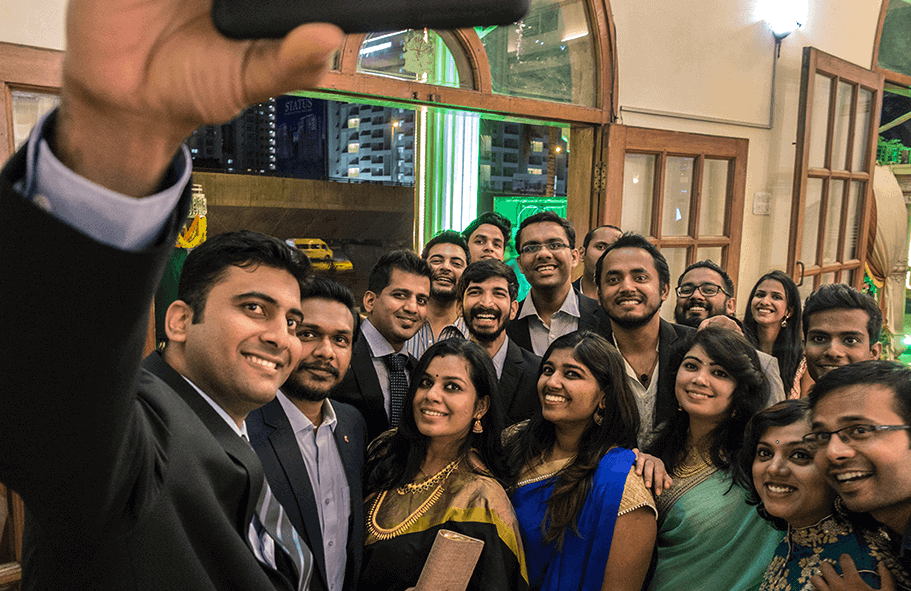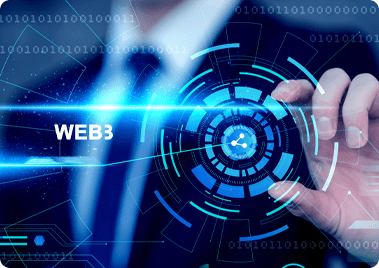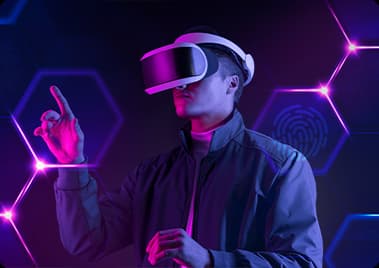Chris Dixon, an American internet entrepreneur, and investor, defines Web3 as “internet owned by users and builders orchestrated with tokens.”
In 2009, Blockchain Technology found its first use case in Bitcoin, a peer-to-peer decentralized payment system. And ever since, the internet hasn’t remained the same. Notably, the last few years have witnessed a flurry of internet innovations based on blockchain technology leading up to today’s Web 3.0.
The Decentralized Web or Web 3.0
Up until a few years ago, web 3.0 or web3 meant the “semantic web”, a concept described by Sir Tim Berners-Lee, the original father of the internet. A web in which data can be directly read by the computers.
However, today, the meaning of web3 has evolved, and it means a lot more than just the machine-to-machine semantic web. A suitable term to describe today’s web3 would be the “decentralized web.”
Read more about the evolution of the internet here.
What is the decentralized web?
Today’s internet, the social web, is extremely centralized. Corporations own popular sites, software, and applications that run the internet. This is because it wasn’t easy to build decentralized networks — an internet owned and governed by the users rather than a few corporates — a couple of years ago.
But today, blockchain technology has enabled developers to make the internet free of middlemen and monopolizing agencies. Simply put, blockchain is a new way of storing data in such a way no single entity has control over it. It is done by using the two core concepts of encryption and distributed computing.
Put together, in a few years, the decentralized web or web 3.0 will allow the user to own his or her data. Plus, the infrastructure of web3 will be open, trustless, and permissionless.
It is important to note that web3 is just a concept. However, several components like cryptocurrencies, DeFi, DApps, DEX, and DAO that are based on the principles of decentralization and built using blockchain technology make or enable the new internet — Web 3.0.
Let’s take a look at each one of them.
Cryptocurrencies: The beginning of an era
Today, cryptocurrencies are a popular household name with over 10,000 coins/tokens in existence. But it all started in 2009 when Satoshi Nakamoto, a pseudonymous person or persons, developed the first crypto — Bitcoin.
Cryptocurrencies are digital currencies primarily designed to work as a medium of exchange. The idea was to use computer networks that are not dependent on a central authority, such as a bank or a government, to maintain and uphold it.
However, over time, the use cases of crypto have evolved drastically from a global payment system or a store of value to new and efficient ways of organizing traditional banking and finance, supply chain systems, copyright management, among many other things.
Things were done differently before the internet. But internet drastically revolutionized the world and led to the emergence of new technologies, fields, and domains. Similarly, crypto-based blockchain technology is set to revolutionize the internet as we know it today.
Decentralized Applications (DApps)
When blockchains, cryptocurrency, smart contracts, and apps meet each other, what we get is Decentralized Applications or DApps. They are similar to traditional apps on your phone but different in how they store data and incentivize their users.
Up until the launch of Ethereum, the second-largest cryptocurrency today, in 2015, users had to forego control of their data in exchange for using popular sites and applications. But the popularization of smart contracts based on Ethereum blockchain paved the way for DApps where no single individual or group controls the application.
Simply put, DApp is a computer program that exists and runs on the blockchain. For example, the Brave browser, similar to browsers like Google Chrome and Safari, launched in 2016, is an excellent example of DApp. Here, users are paid for using the browser in its native token — Basic Attention Token (BAT).
Decentralized Finance (DeFi)
Once we’ve understood what DApps are, we can then move to their most prominent domain — the field of finance. Decentralized Finance or DeFi is an alternative to the current global financial system based on blockchain technology.
It is the coming together of decentralized applications, smart contracts, and financial protocols. While centralized finance (CeFi) relies on a third-party intermediary like banks and exchanges to run the show, DeFi is an open and transparent network.
There are five major categories of DeFi, namely –
-
- Lending and borrowing
- Decentralized Exchange or DEX
- Derivatives
- Payments
- Asset management
DeFi can be thought of more as a new movement built on crypto networks like Ethereum that could solve the problems of financial exclusion and high-entry barriers.
Decentralized Exchanges (DEX)
Okay, we have various cryptocurrencies, different DApps, and the world of DeFi waiting to be unwrapped, but how do these digital currencies exchange hands in the decentralized world with no third-party intermediaries like banks involved? Well, welcome to Decentralized Exchange or DEX.
DEX is a peer-to-peer marketplace where buyers and sellers of cryptocurrency meet. And DEX’s fulfill one core function vital for the survival of Web3 — it enables financial transactions in the absence of centralizing agencies like banks, brokers, and intermediaries.
Uniswap and Sushiswap, both run on the Ethereum blockchain, are popular decentralized exchanges today. Karura Swap is another upcoming DEX run on the Polkadot ecosystem.
Decentralized Autonomous Organisations (DAO)
Lastly, the question of governance pops up — “How do decentralized projects run the show without a single high command?”
The answer to that is Decentralized Autonomous Organisations or DAOs. They are internet-native communities that are owned and managed by their members, a safe and effective way to work with like-minded folks in the oncoming web3 era.
A joke among web3 enthusiasts is that a DAO is simply an “internet group chat with a bank account.” The most prominent DEX globally, UniSwap, also introduced the biggest DAO in 2020, and UNI is the governance token for the DEX Uniswap.






